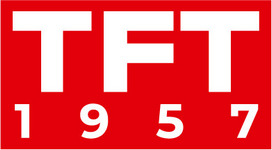Craig Heffernan, Technical Sales Director at Blackmagic Design, Talks with TFT1957 at IBC2024.
– What new products is your company showcasing at IBC2024?
We have introduced several cameras throughout 2024 and are showcasing their development and release at IBC. It’s a great place to start.
We’re presenting the Blackmagic PYXIS Camera, our new 6K production camera, along with the announcement of the PYXIS Monitor—an off-board 5-inch monitor for all PYXIS users. This provides reference for framing and monitoring, as well as complete touchscreen control of the camera menus and settings, which are perfect for the PYXIS Camera. This is something new announced for IBC.
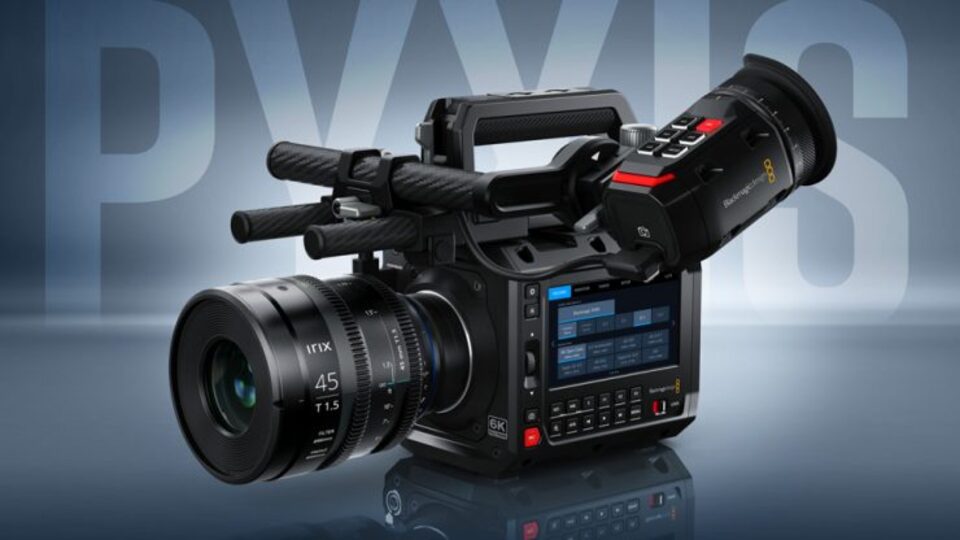
We’re also showcasing the URSA Cine 12K LF, which is now shipping.
For the first time, we’re presenting the URSA Cine 17K 65 at the show. This camera, which will be released later this year, is designed for higher format recording in 65mm standards using medium format lenses.
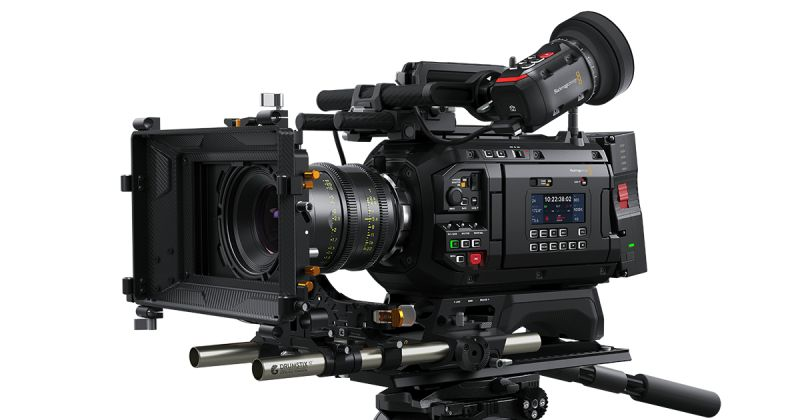
Additionally, we have announced the Blackmagic URSA Cine Immersive, designed to work in immersive workflows for Apple Virtual Pro. This is just a technical announcement for the show, and more news will be available in 2025.
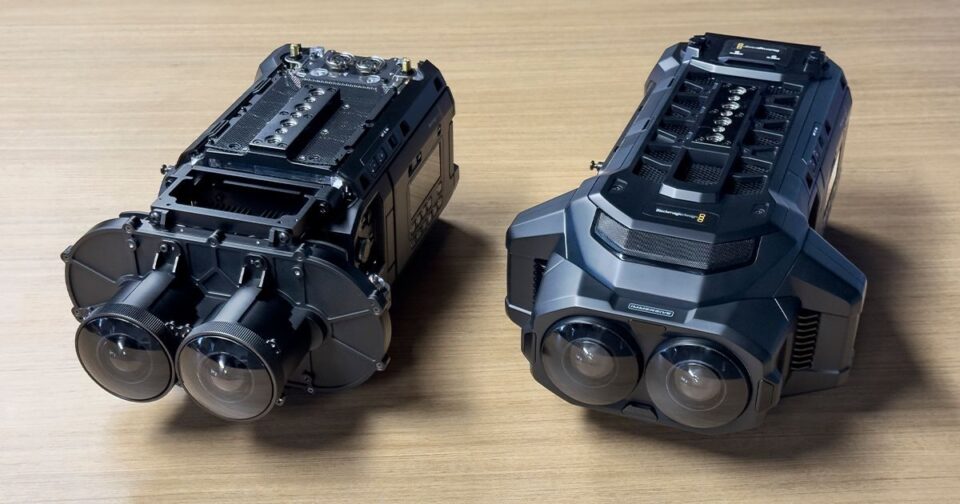
Based on the new Blackmagic URSA Cine platform, the new Blackmagic URSA Cine Immersive model features a fixed, custom lens system with a sensor that features 8160 x 7200 resolution per eye with pixel level synchronization. It has an extremely wide 16 stops of dynamic range, and shoots at 90 fps stereoscopic into a Blackmagic RAW Immersive file. The new Blackmagic RAW Immersive file format is an enhanced version of Blackmagic RAW that’s been designed to make immersive video simple to use through the post production workflow.
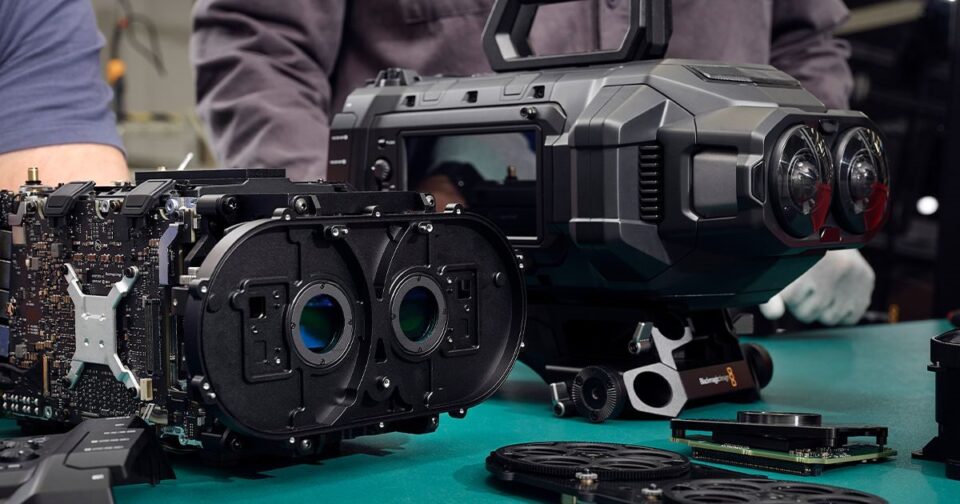
The Blackmagic URSA Cine also features a custom lens system designed specifically for Blackmagic URSA Cine’s large format image sensors with extremely accurate positional data which is calibrated at the time of manufacturing. Plus the immersive lens data is mapped, calibrated and stored per eye into the Blackmagic RAW file so it travels through the post production process in the Blackmagic RAW Immersive file itself. That eliminates the need for multiple files to capture an immersive scene.

We’re also presenting the Resolve Replay System, a low-cost, high-production value replay tool that can handle close-to-live replays for sports and events. It can also be used to import incoming videos into DaVinci Resolve to create highlight packages, providing a cost-effective production solution for anyone looking to have replay and highlight capabilities for sports and events.
These are the camera announcements, along with other key technologies at the show.
– What do you think are the main trends of the exhibition?
There’s been a lot of conversation around cloud technology. People want to understand more about Blackmagic Cloud, a technology we announced a couple of years ago and have continued to develop. Over the past year, we’ve enhanced our camera-to-cloud support, integrating our technologies from camera workflows into DaVinci Resolve.
Blackmagic Cloud is our service that connects the two. We’re showcasing a demo with the 12K, using the 10Gb port on the back of the camera connected to Blackmagic Cloud. This allows us to send high-frame-rate, high-resolution media directly from the camera into DaVinci Resolve projects, linked by Blackmagic shared projects and collaborative workflows. This has been one of the key themes. Typically, for a show like IBC, there is always a lot of interest in production tools. While we haven’t announced any new products, there’s a lot of interest in our ATEM workflows for live production, broadcast camera systems, monitoring solutions, and everything we do around broadcast and OB services.
– If I may ask some AI-related questions, do you have artificial intelligence for real-life AI?
Yes, we do. It is primarily focused on DaVinci Resolve. We have AI tools in DaVinci Resolve that support multiple workflow requirements. Our use of AI is aimed at speeding up creative workflows and eliminating some of the mundane tasks you have to do, rather than content creation, which you see in other uses of AI. For example, we have tools that can perform audio isolation, allowing you to clean up audio quickly with AI enhancements. We also have object and face recognition capabilities that enable us to create metadata based on AI tools.
Additionally, we have a speech-to-text edit tool, allowing us to transcribe audio to text for creating subtitles. We can also use that text script to edit in an actual script-based system, video-to-timeline. This means we use AI to analyze spoken words and convert them to text, which can then be converted into timelines. There are many examples where we’ve integrated AI tools into DaVinci Resolve to allow users to be creative or eliminate tedious tasks so they can concentrate on their work and build the projects they want.
– How will AI change your business segment?
I think it’s about how we create tools that are more collaborative and speed up processes. We’re not interested in creating AI that replaces creativity or does content awareness or creates virtual elements that you can add. That’s a different world of AI entirely. Our AI developments will always focus on making time-consuming tasks more cost-effective, faster, and easier. We want to enable creatives using DaVinci Resolve to work more efficiently. We’re going to continue developing tools over the next few years that make the creative process quicker and more effective.
– How will the broadcasting industry and broadcast technologies change in the next 5 years due to AI?
I think we’ll see more content created—not only with our technology but generally. The idea of virtual creation, using technologies like Midjourney and other AI tools, serves two purposes. They make production design faster, allowing you to create concepts and production art more quickly than drawing it manually. You can use AI prompts for production design, previsualization, and similar tasks. AI has significant potential in virtualization and visualization.
I also believe AI will start to reduce the costs of VFX. It will enable the creation of AI-based virtual environments and possibly virtual effects, which will become part of a workflow that enters post-production, providing efficiency in how quickly things are created. AI will also play a role in transmission and collaborative tools, creating automations and processes that are faster and AI-managed. This will save time that would otherwise be spent on building workflows, managing pre-production, or handling metadata. Overall, these enhancements will create more efficient workflows.
– Which professions will AI displace in the broadcasting technology industry by 2030?
I would like to think that no professional will be replaced by AI. AI’s role should be to help professionals and creatives do their jobs more efficiently by providing creative foundations they can build upon and by speeding up workflows. I don’t think there is a place for AI to replace creatives. AI can only learn from what it is given; it cannot self-generate, so it is limited in processing and creating visual information and artwork. Personally, I don’t see AI replacing the creative professionals. AI should always enhance and support creative workflows, allowing creative professionals to get the best out of AI rather than being at risk of being replaced.
– Thanks a lot for an interesting interview!
Full coverage of IBC2024 here
About TFT1957
TFT1957 (Television and Film Technologies) is a multimedia platform with scientific and technical content focused on current research and developments in broadcasting, film production, and Pro AV. Our capabilities include:
- Historical magazine TFT1957 (Television and Film Technologies, published since 1957)
- Program ”360 Seconds. Broadcast News & Commentary”
- Online round tables on Broadcasting / Cinema / Pro AV
- Hybrid exhibitions and conferences on Broadcasting / Cinema / Pro AV
- TFT1957 YouTube channel
- tkt1957.com portal
- TFT1957 Facebook group
- TFT1957 LinkedIn group
- TFT1957 X group (formerly Twitter)
- TFT1957 Instagram group
- TFT International Awards
About Blackmagic Design
Blackmagic Design Pty Ltd is an Australian company that specializes in manufacturing creative video technology. Founded in 2001 by Grant Petty, the company is headquartered in Port Melbourne, Australia, and has operations worldwide, including in the USA, UK, Europe, and Asia-Pacific.
Image credit – Blackmagic Design
